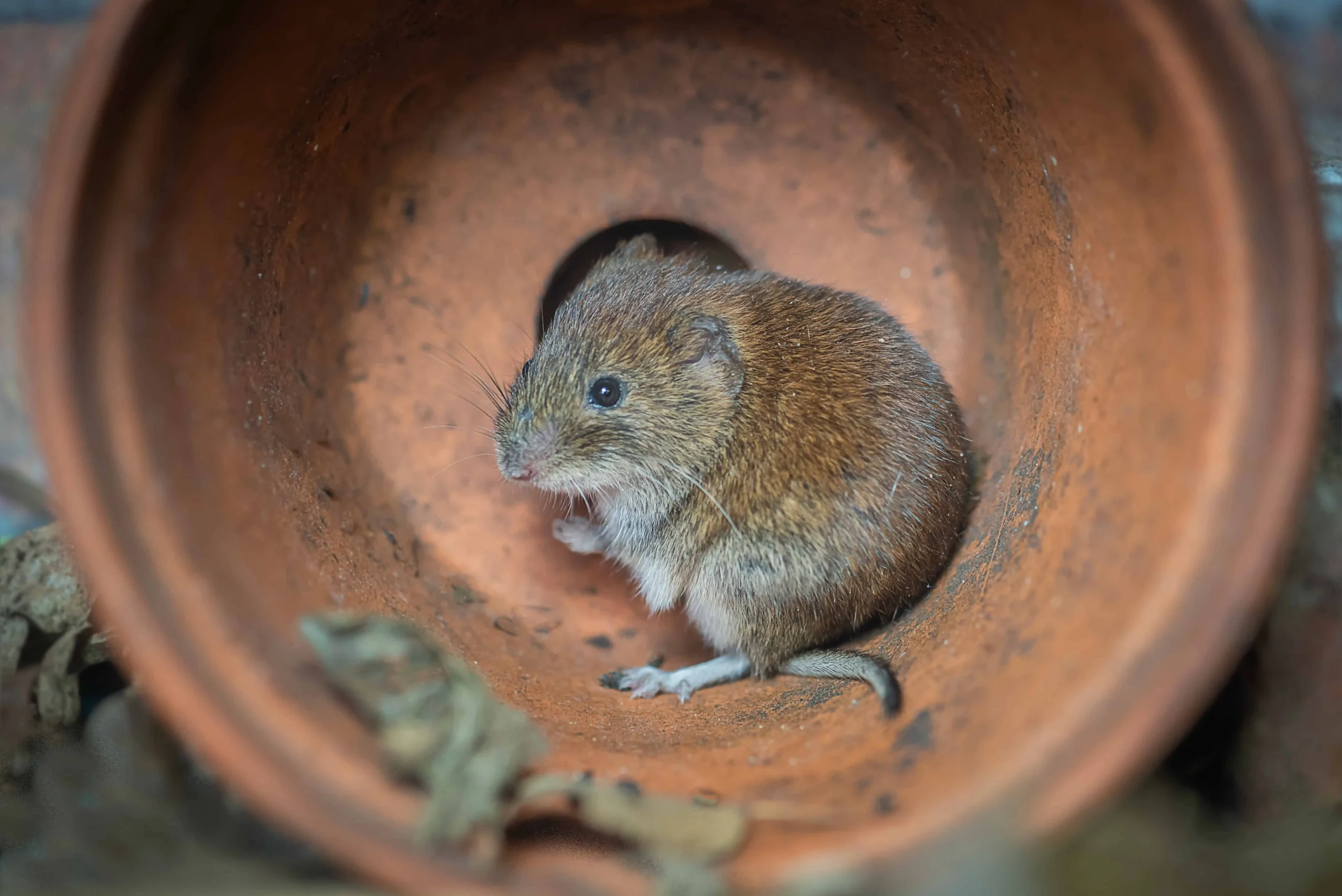Proven Vole Control Methods to Safeguard Your Property
Proven Vole Control Methods to Safeguard Your Property
Blog Article
Comprehensive Guide to Effective Vole Pest Control: Infestation Recognition and Treatment Methods
In the world of reliable bug control, vole invasions pose an unique obstacle that demands a tactical approach. These tiny rodents, typically mistaken for mice, can damage gardens, grass, and crops if left unattended. Recognizing the indications of vole presence and carrying out targeted therapy approaches are necessary components of a successful pest administration strategy. By checking out the nuances of vole behavior, recognizing essential indications of invasion, and examining a variety of control alternatives, one can develop a detailed method to fight these evasive parasites.
Comprehending Vole Actions
Vole behavior is characterized by their delving habits and quick recreation prices, making them a challenging insect to control effectively. Their quick reproductive price further complicates control initiatives, with women capable of generating numerous litters in a solitary year, each having a number of children.
Understanding vole behavior is crucial for efficient pest control techniques. By determining their burrow locations, keeping an eye on feeding areas, and executing targeted control approaches, such as capturing or habitat adjustment, vole problems can be managed effectively.
Indications of Vole Problem

Avoidance Approaches
Carrying out efficient prevention techniques is essential in lessening vole invasions and protecting greenery from their destructive feeding habits. To avoid vole infestations, it is essential to begin by removing prospective food resources and shelter.
Consistently checking the home for indications of vole activity, such as paths and tunnel openings, is essential for early discovery and timely action. If vole task is presumed, think about using catches or repellents strategically positioned near their paths. Utilizing natural predators like serpents or owls can likewise help keep vole populaces in check. By implementing a mix of these prevention property owners, garden enthusiasts and methods can efficiently look at this website safeguard their greenery from vole damages.
Non-Lethal Control Techniques
To successfully take care of vole populaces while prioritizing humane approaches, non-lethal control approaches offer useful solutions for reducing vole damages in landscapes and gardens. These barriers can be buried at the very least 12 inches bent and deep at a 90-degree angle to prevent voles from burrowing below.

Lethal Control Options
One reliable method for addressing vole infestations in yards and landscapes includes the strategic usage of dangerous control alternatives. When encountered with an extreme vole invasion that non-lethal approaches have actually fallen short to contain, carrying out dangerous control actions ends up being essential. Generally, when using lethal control choices, it is essential to do so responsibly and in accordance with neighborhood laws to efficiently handle vole infestations.
Verdict
To conclude, reliable vole pest control requires a comprehensive understanding of vole habits, recognition of indications of problem, application of prevention methods, and use of both non-lethal and deadly control techniques. By combining these strategies, individuals can successfully take care of vole populaces and safeguard their home from damage. It is very important to attend to vole problems promptly to avoid more concerns and reduce the effect on the surrounding atmosphere.
Given the intricate passage systems and quick reproduction prices particular this website of voles, acknowledging the signs of vole invasion comes to be vital in reliable bug control. One of the key indicators of vole presence is the existence of surface area paths or tracks in yard or snow, normally concerning 1-2 inches broad, created as voles take a trip between their burrows and food resources.To properly manage vole populations while focusing on humane approaches, non-lethal control strategies supply sensible solutions for decreasing vole damages in yards and landscapes.One effective method for attending to vole infestations in yards and landscapes entails the critical usage of deadly control options. vole control.In conclusion, reliable vole bug control needs a comprehensive understanding of vole actions, identification of indications of problem, execution of avoidance techniques, and application of both non-lethal and lethal control techniques
Report this page